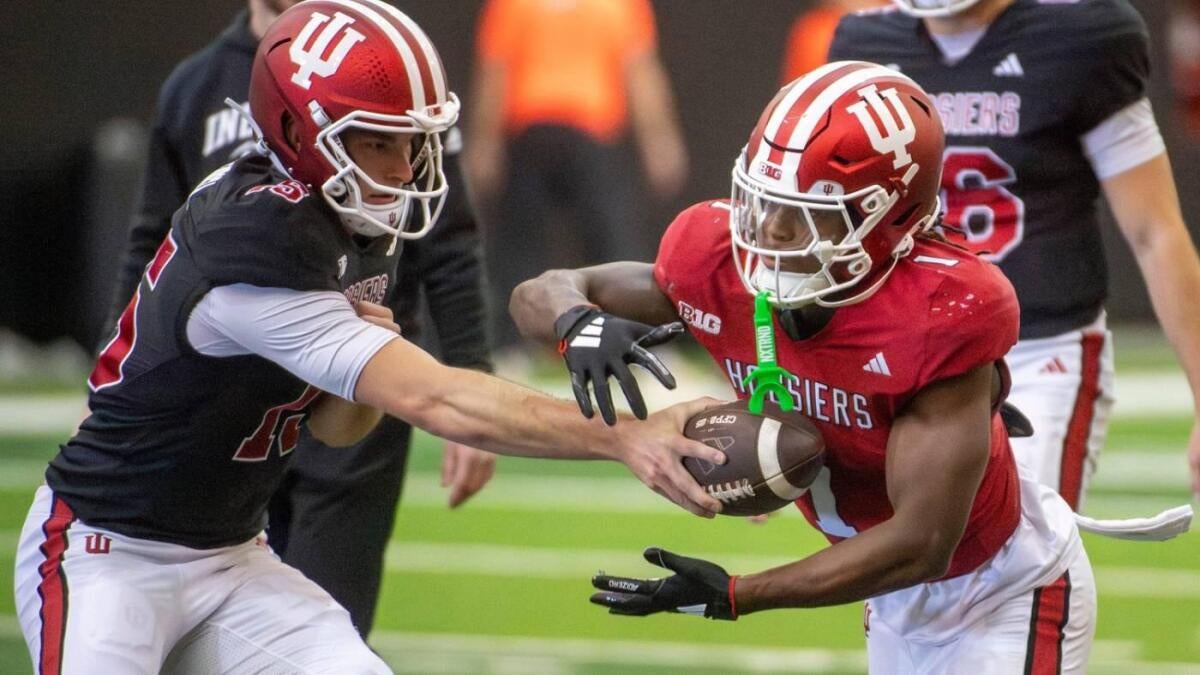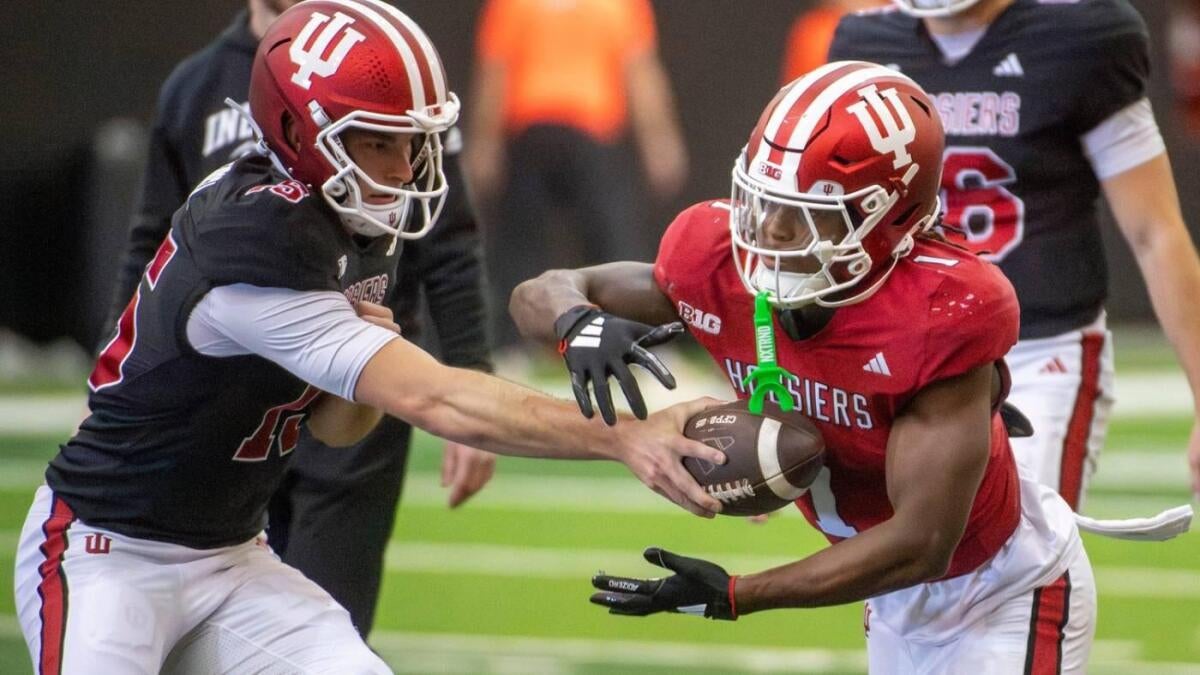The Evolving Landscape of College Football: A Deep Dive into the 2025 Transfer Portal
The college football landscape is undergoing a seismic shift, largely driven by the increasing prominence of the transfer portal. This phenomenon is no longer a peripheral element of roster building; it has become a central strategy for teams aiming for immediate contention. The 2025 cycle is particularly noteworthy, marked by high-profile players seeking new opportunities and programs aggressively pursuing talent to fill critical needs. This analysis will explore the key trends, impactful players, and emerging strategies within the 2025 transfer portal, examining its influence on team success and the evolving dynamics of college football recruitment.
The Portal’s Growing Influence & Key Dates
The sheer volume of players entering the transfer portal underscores its growing influence. The official window, opening earlier this month and closing on December 28th, has seen a surge in activity, with over 100 players actively seeking new homes. This isn’t simply about players seeking more playing time; it’s about strategic roster management, capitalizing on immediate impact potential, and addressing specific positional weaknesses. The portal has fundamentally altered the traditional recruiting model, forcing coaches to balance high school recruitment with the acquisition of experienced college players.
The spring window, from April 16th to the 25th, has also proven crucial, allowing teams to address needs identified during spring practice. This period is particularly active as players evaluate their situations post-spring ball and teams seek to fill gaps before the start of the next season.
Top Players Driving the Action
Several players have dominated the conversation within the 2025 transfer portal. Quarterbacks consistently command attention, and this cycle is no exception. John Mateer, Darian Mensah, and Fernando Mendoza are among the signal-callers attracting significant interest. Running back Damien Martinez’s move from Oregon State to Miami immediately elevates the Hurricanes’ offensive potential.
Beyond these headline names, several “hidden gems” are emerging as potential impact players. Players like Mohamed Toure (LB, Rutgers), sidelined by injury in 2024, represent high-upside acquisitions. The ability to identify and secure these under-the-radar talents is becoming a key differentiator for successful programs. The emergence of players from FCS programs, like Cam Ward, demonstrates the widening net cast by Power Four teams seeking talent.
Positional Needs and Team Strategies
The transfer portal isn’t a free-for-all; teams are strategically targeting specific positions. Offensive line remains a consistent area of need, as evidenced by the interest in players like Christian Anderson (USC to Texas Tech), a second-team All-Big Ten selection. Receiver is another premium position, with teams like Miami hoping to capitalize on players like Horton, poised to become a No. 1 target.
Teams are also evaluating their overall roster construction. The emphasis isn’t solely on acquiring star power; it’s about building a cohesive unit with depth at key positions. The On3 Team Transfer Portal Index, which utilizes a “Performance” score, reflects this shift, measuring a team’s production gains relative to its existing roster.
Auburn, for example, is actively building an explosive offense through transfers like Singleton, complementing existing sophomore talent. Boise State’s acquisition of Malachi Nelson, a highly-touted quarterback, demonstrates a commitment to elevating the program’s profile.
The Impact on Different Conference Structures
The transfer portal’s impact isn’t uniform across all conferences. Power Four conferences (ACC, Big Ten, Big 12, SEC) are often described as “Raiders of the Hidden Gems,” aggressively pursuing talent from Group of Five and FCS programs. This creates a competitive imbalance, potentially exacerbating the gap between the haves and have-nots.
There’s a growing debate about whether HBCUs should be compensated for losing players to Power Four schools. This raises important questions about equity and the long-term sustainability of smaller programs. The transfer portal, while offering opportunities for individual players, can disproportionately impact institutions with limited resources.
Dynasty Mode and Recruiting in College Football 25
The upcoming EA SPORTS College Football 25 video game reflects the real-world impact of the transfer portal. Dynasty mode will require players to navigate the complexities of roster management, balancing traditional recruiting with transfer portal acquisitions. Scouting players, extending scholarship offers, and managing player development will all be crucial components of success. The game’s mechanics will likely mirror the time-intensive nature of real-world recruiting, with scouting requiring significant in-game hours.
Hidden Gems and Unexpected Contributions
While high-profile transfers garner the most attention, the true success stories often emerge from unexpected sources. Identifying “hidden gems” – players who exceed their recruiting ranking or transfer expectations – is a hallmark of astute coaching. These players often provide significant value without the pressure associated with highly-touted recruits. Teams are increasingly relying on personnel staffers to identify these overlooked talents, recognizing their potential to contribute significantly to team success.
The Future of the Transfer Portal
The transfer portal is not a passing fad; it’s a permanent fixture of college football. As the landscape continues to evolve, several trends are likely to emerge. Increased transparency and standardized transfer rules are needed to ensure fairness and protect player rights. The development of more sophisticated analytical tools will help teams identify and evaluate transfer prospects more effectively.
The debate surrounding compensation for HBCUs and other smaller programs will likely intensify, potentially leading to revenue-sharing agreements or other forms of financial support. Ultimately, the transfer portal will continue to reshape the dynamics of college football, forcing programs to adapt and innovate to remain competitive.
A New Era of Roster Construction
The 2025 transfer portal cycle is a microcosm of the broader changes sweeping through college football. The ability to quickly and strategically rebuild a roster through the portal has become a defining characteristic of successful programs. While traditional recruiting remains important, the transfer portal offers a unique opportunity to address immediate needs and accelerate the path to contention. The teams that master this new era of roster construction will be the ones that thrive in the increasingly competitive landscape of college football.












